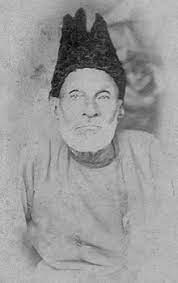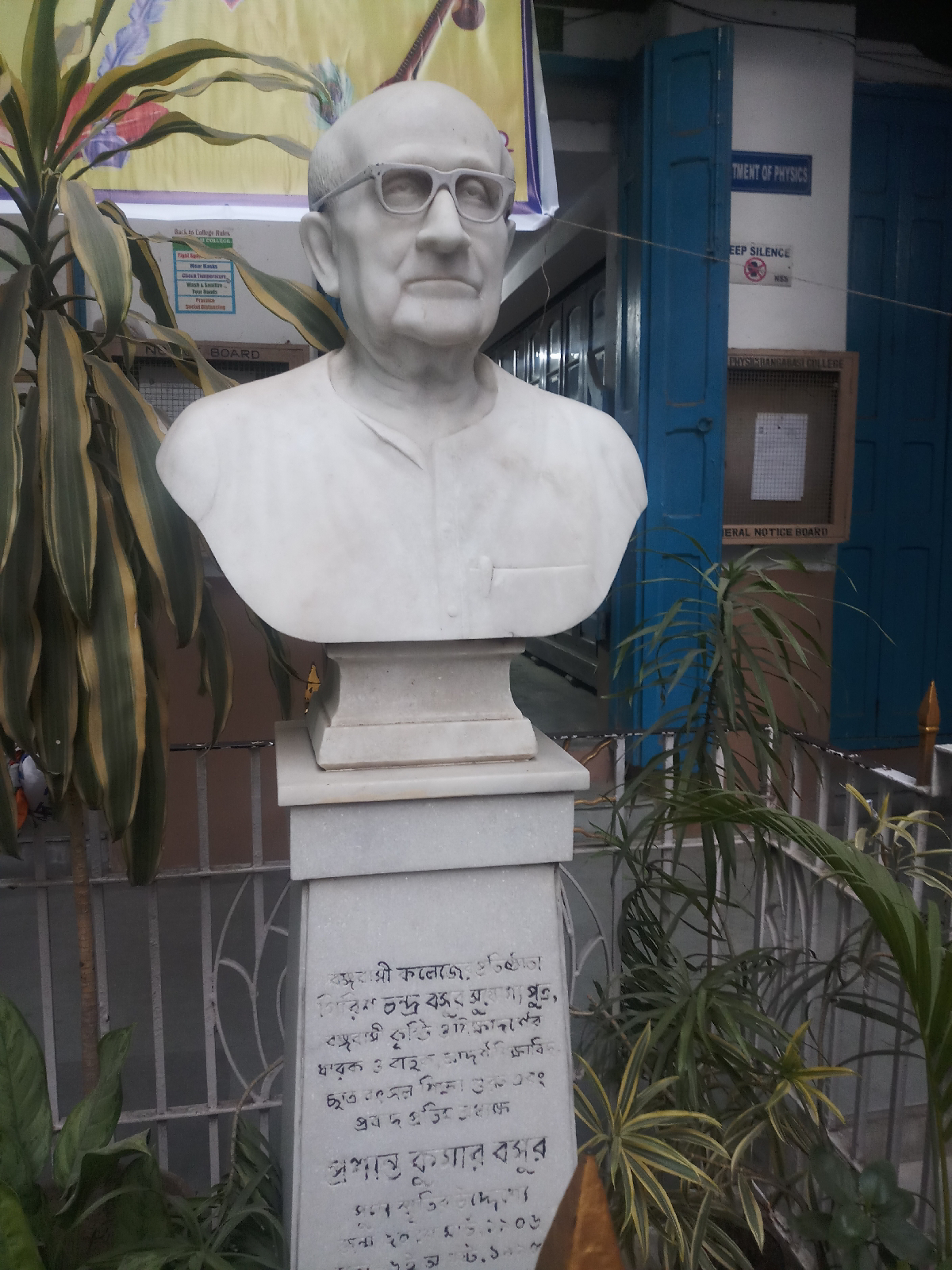Fine Dining since the Colonial Era
- John Spence’s
Hotel
Established
in 1830, it was the first European style luxury hotel in Asia with arrangements
like room service, water closet and plush cafe. In the years 1860-70; the hotel
was shifted to Wellesley Place or
Red Cross Place (north gate of Raj Bhawan) due to acquisition of the previous
land by the British Colonial Government. The building was severely damaged by
earthquake in 1897. It now houses the Central Bank of India.
- Great
Eastern Hotel
The Great Eastern is a colonial era hotel established in 1840 as the Auckland Hotel by David Wilson, to host several notable persons visiting the city. After India's independence in 1947, the hotel continued its business but went into decline during the Naxalite era; later the state government took over the management. In 2005 it was sold to a private company and was reopened in November 2013 after an extensive renovation. It became the Great Eastern Hotel in 1915. In 1883 the premises of the hotel probably became the first hotel in India, to be illuminated by electricity. During its heyday, the hotel was known variously as the "Jewel of the East" and the "Savoy of the East" and was prosaically described by Kipling in his short story City of Dreadful Night.
The state sold it to the private group The LaLiT Hotels,
Palaces and Resorts in 2005. Until its closure for restoration in
2005, the hotel was the longest continuously operating hotel in Asia. The hotel
remained closed for a number of years for extensive renovations. It reopened
with a soft launch as The LaLiT Great Eastern Hotel on 19 November 2013. The
building is registered as a heritage structure and the renovations maintained
essential features of the building, such as its facade and the grand staircase.
The hotel has been divided into three parts - Heritage I, Heritage II and New
Block.
- Grand Hotel
The
Grand Hotel, now called the Oberoi Grand is an elegant building of
British era. The site where the hotel now stands was first developed at No. 13
Chowringhee Road as the private residence of a Colonel Grand in the early
nineteenth century. The house was converted into a boarding house by Mrs. Annie
Monk who later expanded her business to include Numbers 14, 15 and 17. 16
Chowringhee was occupied by a theatre. When, in 1911, the theatre burned down,
Stephen bought out Mrs. Monk and, over time, redeveloped the site into what now
makes up the modern hotel. Built in an extravagant neoclassical style, the
hotel soon became a popular spot amongst the English population of Calcutta. It
was known, in particular, for its annual New Year party that, along with iced
champagne and expensive gifts, involved the release of twelve piglets in the
ballroom. Anyone who caught a piglet, could keep it.
In the 1930s, a typhoid epidemic in Calcutta resulted in the death of six people at the hotel. The drainage system at the hotel was suspected and it was closed in 1937. The property was leased by Mohan Singh Oberoi who reopened the hotel in 1939 and was able to buy the property outright in 1943. The hotel got a major lift during World War II when about 4000 soldiers were billeted there, and would party regularly. Events like the U.S. Marines' Ball at the hotel remind visitors of such times. Date of visit: 04.06.2017
4. Firpo's restaurant
Firpo’s
Restaurant was established after the Great War I around 1917 by an Italian
businessman Angelo Firpo at Chowringhee. He opened several restaurants, a tea
room, a pastry shop that was and even a popular catering service that were
frequented by the British elites including Lord Irwin, the Viceroy and Governor
of India, several maharajas, and other dignitaries. Live music with cabaret
acts and orchestra comprising of trumpets, saxophones, trombones etc were an
integral part. Culinary finery comprised of table d’hote – always a five-course
meal and not an a la carte menu.
Trincas started at its present location on Park Street as a tea-room and
bakery in 1939. In July 1959 it changed ownership when
Om
Prakash Puri and Ellis Joshua acquired Trincas from a Swiss gentleman - Cinzio
Trinca - and converted the tea-room to a restaurant. Its delectable
cuisine and live entertainment has been spun into the fabric of Bengal culture.
In the 1970s, Trincas attracted celebrities such as Amitabh Bachchan, Satyajit
Ray, Dilip Kumar, Saira Banu, Tiger Pataudi, Sharmila Tagore, Kabir Bedi and
the West Indian Cricket team. The famous Sunday Jam Sessions of the 60s and
70s, were played in the afternoon to attract a younger generation. Most of us
are aware of Indian pop diva Usha Uthup’s association with Trincas. The
Trincas Timeline Project, envisioned by Anand Puri (third-generation owner), is
not just a collection of anecdotes but also a study of business planning and
strategy, especially when faced with a difficult situation.
Trincas, Kwality and Mocambo received heritage status in September 2021
- Woldorf (established 1953)
- Mocambo (established 1956)
- Sky room (established 1957)
- Peter Cat (established 1975)
- Ming Room (established 1982) - run by Trincas
- Moulin Rouge (established 1987)
- Kwality (established 1992)
- Blue Fox
















Comments
Post a Comment